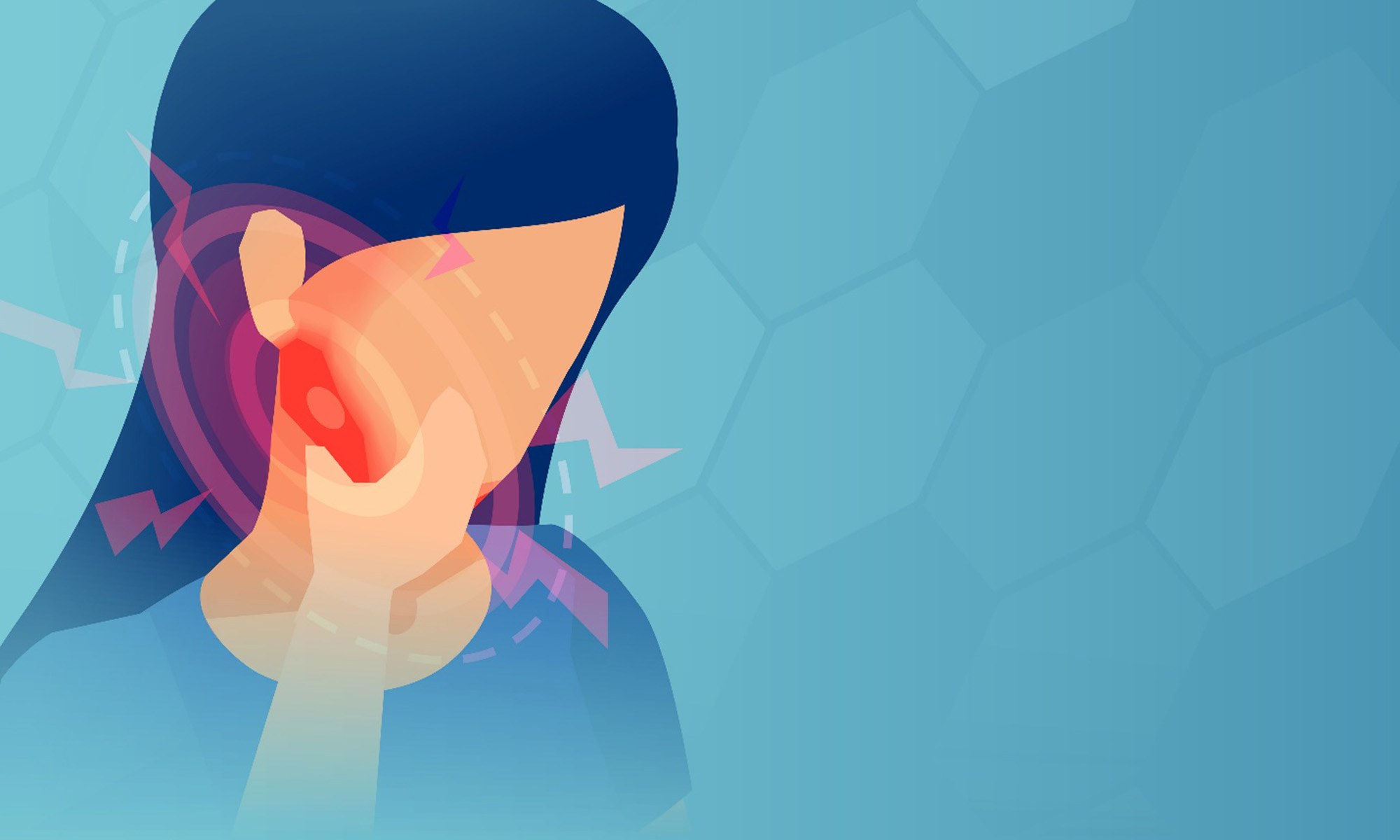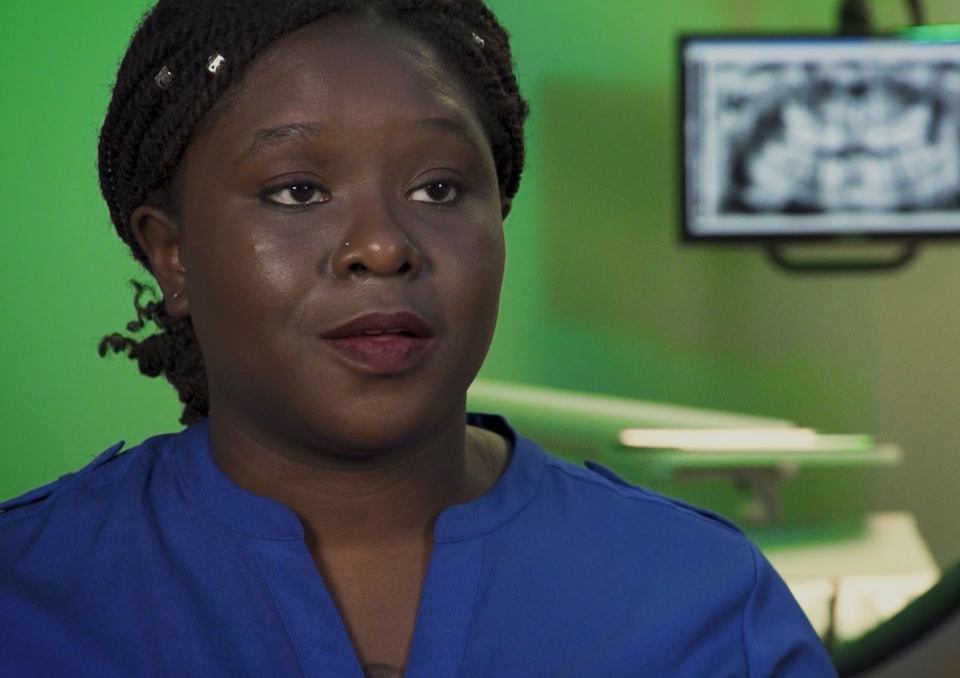TMJ Treatment – Richardson, TX
Put a Stop to Your Persistent Jaw Pain
Do you struggle with persistent jaw pain? Do you have frequent headaches? Is it difficult for you to chew certain foods? It is possible that you are suffering from a condition known as TMJ disorder, also called TMD. Fortunately, Dr. Stampe and our team offer effective therapies that can ease your pain and get you on the road to healing. Contact us when you are ready to learn more about your options for TMJ treatment in Richardson.
Why Choose Richardson Sleep and Facial Pain Center at CityLine for TMJ Treatment?
- Highly Trained Dentist in Richardson
- Multiple Therapies Available
- Welcoming Environment
What Is TMJ Disorder?
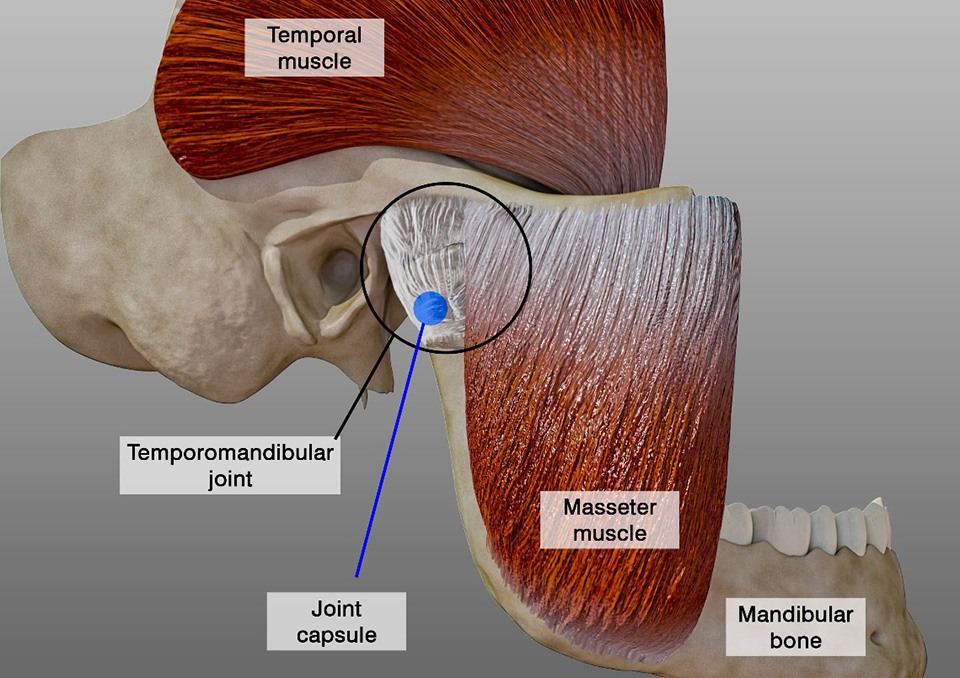
The temporomandibular joint, the TMJ, is the joint that connects the mandible (lower jaw) to the rest of the skull. It is one of the most complex and heavily used joints in the human body. It plays a large role in speaking, chewing, laughing, and even sneezing.
When the TMJ is injured, overworked, or otherwise damaged, it can cause chronic pain in both the jaw and surrounding areas. TMD may be caused by a range of problems, including bruxism, stress, a misaligned bite, or other issues.
How We Diagnose TMD
TMD may involve the actual joints, the cartilage disc within the joint, and/or the soft tissue and muscles that support your TMJ. A TMJ consultation begins with evaluation of the jaw joints and surrounding muscles, and a thorough discussion of your symptoms.
Symptoms of TMJ Disorder
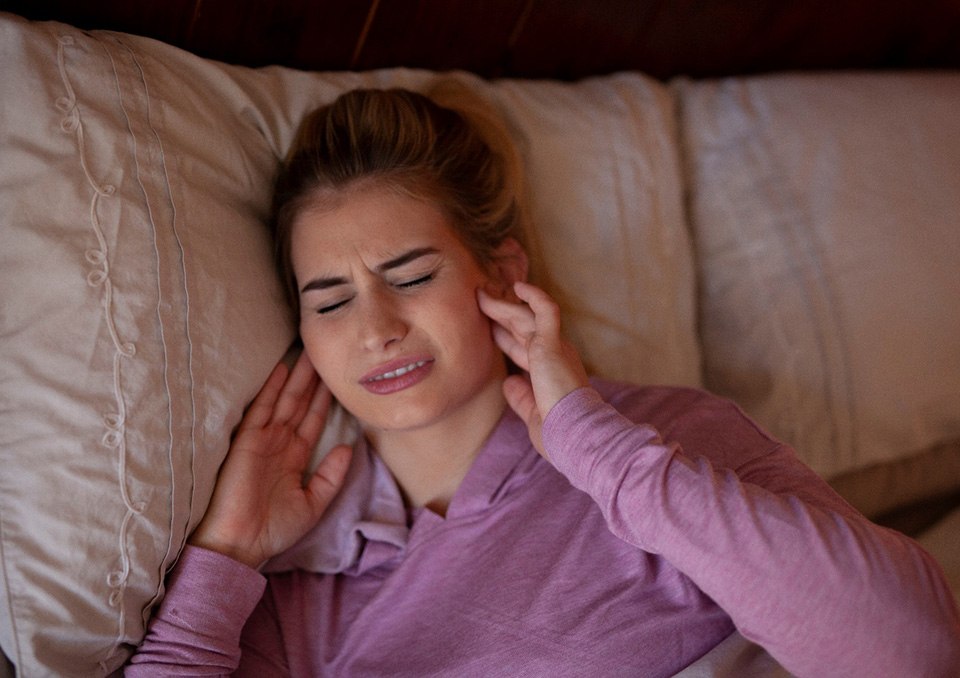
Pain in and around the jaw is the most common sign of TMD. However, it can cause dozens of other symptoms. Here are some of the most noticeable:
- Frequent headaches and migraines
- Neckaches
- Backaches
- Ringing in the ears
- Difficulty chewing
- The sensation of lock jaw
- Pain behind the eyes
- Dental pain
- Changes in bite
- Facial pain
- Numbness or tingling in the face
- Sore throats
- Clicking or popping in the jaw

Types of TMJ Treatment
When you come in for your consultation, Dr. Stampe will carefully assess your situation before she recommends your next steps. In addition to learning about your symptoms and performing a visual exam, she may order some X-Rays. She will also strive to determine what may be causing your discomfort.
Armed with such information, she may recommend some home remedies that you can use to ease your pain. She may also recommend one or more of the following types of therapy:
Occlusal Splint
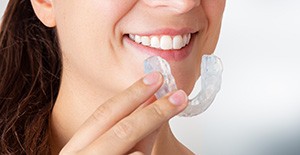
An occlusal splint is an oral appliance, typically worn at night, that prevents teeth grinding, a common contributor to TMD symptoms. It can also slightly alter the position of the jaw, moving it forward. This helps the TMJ and surrounding muscles to relax.
Equilibration/Occlusal Adjustment
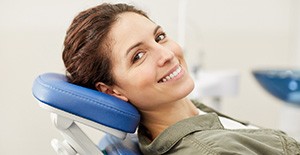
The upper and lower teeth should work harmoniously together. When they do not, it can place stress on the TMJ and lead to TMD symptoms. Fortunately, in most cases, minor bite alterations are all that is needed to address the problem. By slightly altering the surfaces of your restorations or natural teeth, Dr. Stampe may be able to help you enjoy a more functional bite.
Treatment with Alpha-Stim
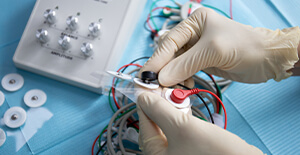
The Alpha-Stim is an FDA-cleared medical device that is proven to provide a drug-free means of pain relief. A patient simply wears small ear clips or has smart probes placed where it hurts, and it uses electrotherapy stimulation (CES) or microcurrent electrical therapy (MET) to reduce TMJ-pain right at the source.
BOTOX® Injections
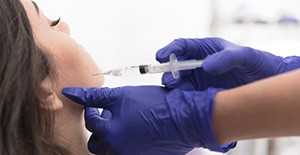
When BOTOX® is injected at precise locations around the TMJ, it can cause overworked muscles to relax, thereby relieving pain, headaches, and other painful symptoms. Most patients experience several months of relief from one round of injections. Regular visits to our office thereafter can help you to continue living without TMD symptoms.
Learn More About BOTOX® Injections
PRF Injections
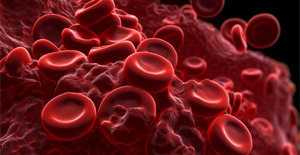
PRF stands for platelet-rich fibrin, which is an injectable substance produced by your body that our team at Richardson Sleep and Facial Pain Center at CityLine can easily extract by taking a small amount of your blood and placing it in a centrifuge. After it’s spun at a slow speed, your blood will separate into three distinct layers, but the one we’ll be using is the platelet-rich fibrin. We can inject it back into your jaw to help repair injured joints, ligaments, and muscles whether they’re a result of arthritis, sports injuries, or something else.

